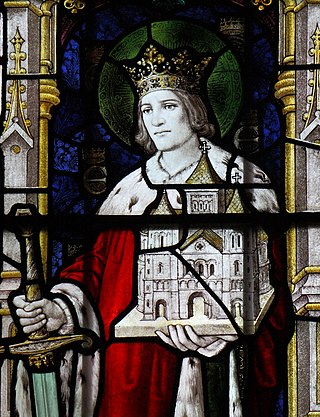| Millennium: | 1st millennium |
|---|---|
| Centuries: | |
| Decades: | |
| Years: |
| 662 by topic |
|---|
| Leaders |
| Categories |
| Gregorian calendar | 662 DCLXII |
| Ab urbe condita | 1415 |
| Armenian calendar | 111 ԹՎ ՃԺԱ |
| Assyrian calendar | 5412 |
| Balinese saka calendar | 583–584 |
| Bengali calendar | 69 |
| Berber calendar | 1612 |
| Buddhist calendar | 1206 |
| Burmese calendar | 24 |
| Byzantine calendar | 6170–6171 |
| Chinese calendar | 辛酉年 (Metal Rooster) 3359 or 3152 — to — 壬戌年 (Water Dog) 3360 or 3153 |
| Coptic calendar | 378–379 |
| Discordian calendar | 1828 |
| Ethiopian calendar | 654–655 |
| Hebrew calendar | 4422–4423 |
| Hindu calendars | |
| - Vikram Samvat | 718–719 |
| - Shaka Samvat | 583–584 |
| - Kali Yuga | 3762–3763 |
| Holocene calendar | 10662 |
| Iranian calendar | 40–41 |
| Islamic calendar | 41–42 |
| Japanese calendar | Hakuchi 13 (白雉13年) |
| Javanese calendar | 553–554 |
| Julian calendar | 662 DCLXII |
| Korean calendar | 2995 |
| Minguo calendar | 1250 before ROC 民前1250年 |
| Nanakshahi calendar | −806 |
| Seleucid era | 973/974 AG |
| Thai solar calendar | 1204–1205 |
| Tibetan calendar | 阴金鸡年 (female Iron-Rooster) 788 or 407 or −365 — to — 阳水狗年 (male Water-Dog) 789 or 408 or −364 |

Year 662 ( DCLXII ) was a common year starting on Saturday of the Julian calendar. The denomination 662 for this year has been used since the early medieval period, when the Anno Domini calendar era became the prevalent method in Europe for naming years.




